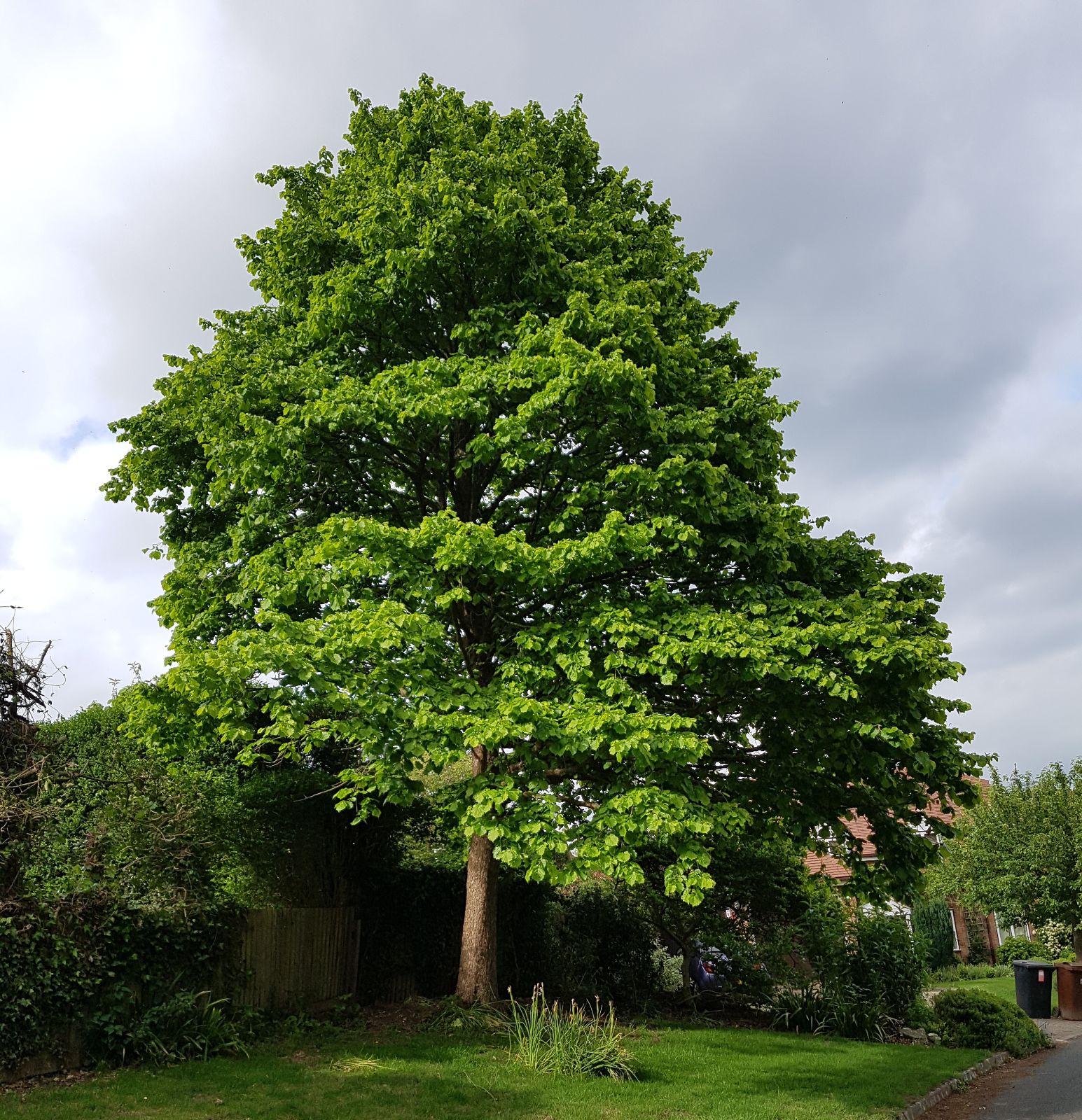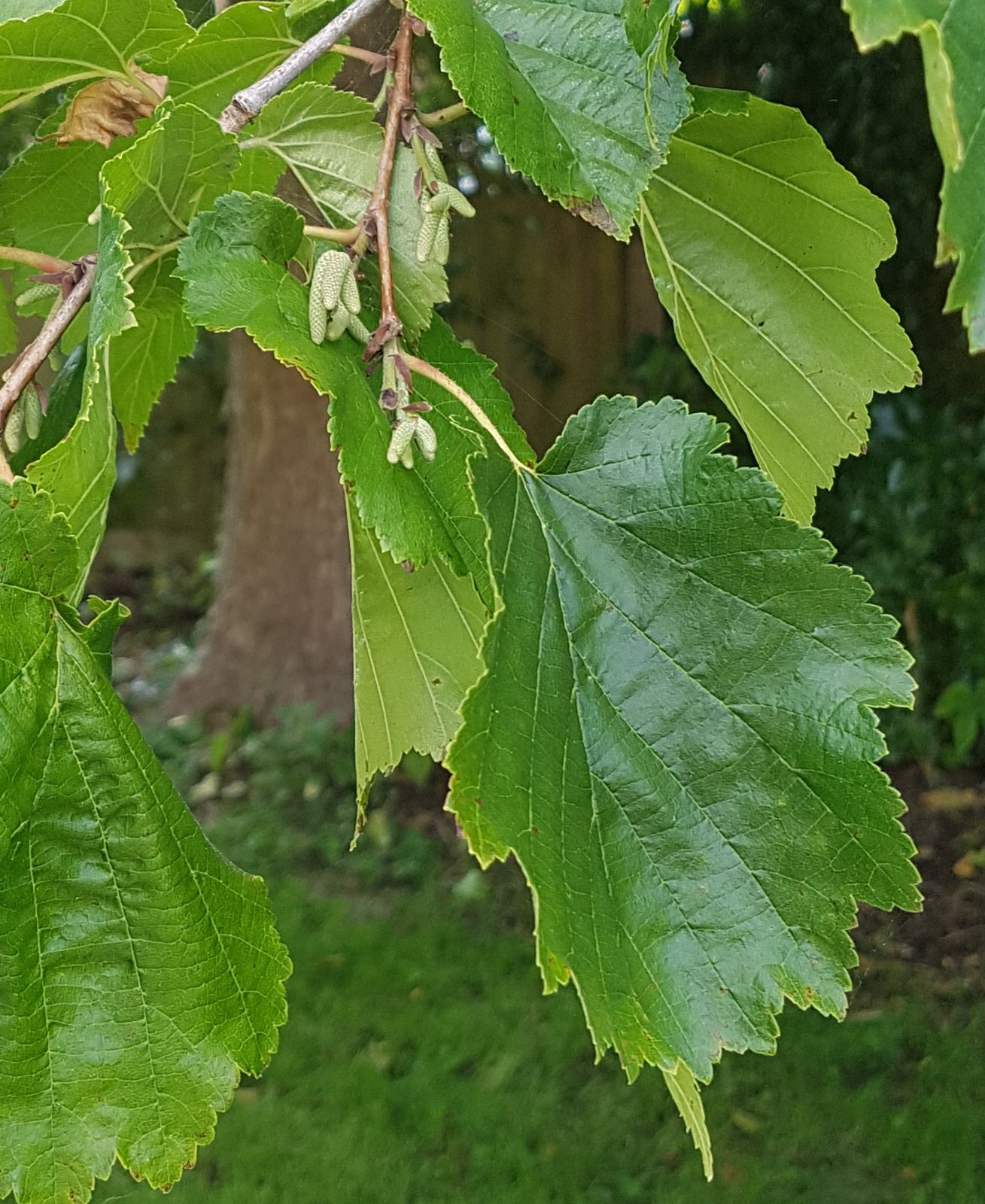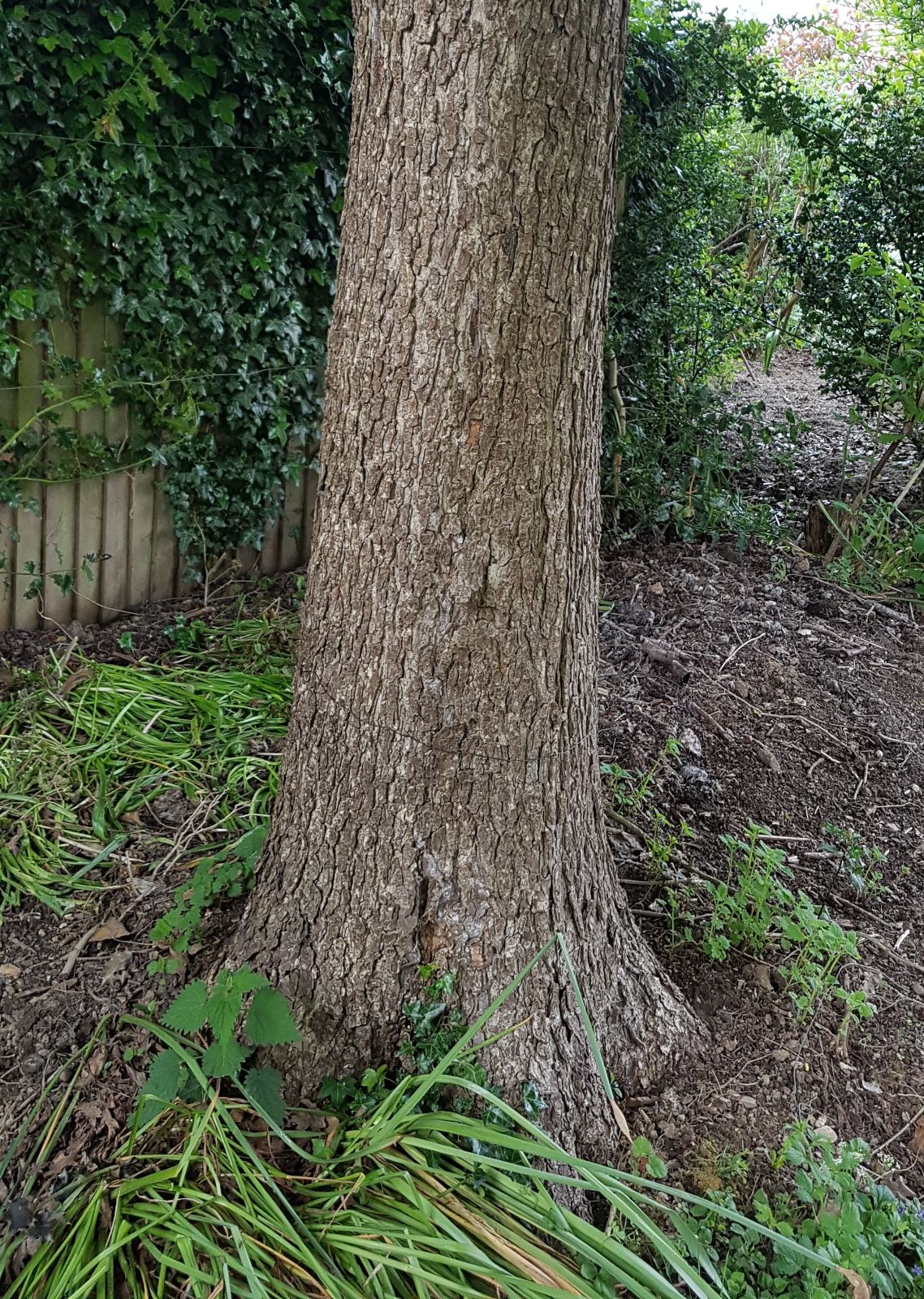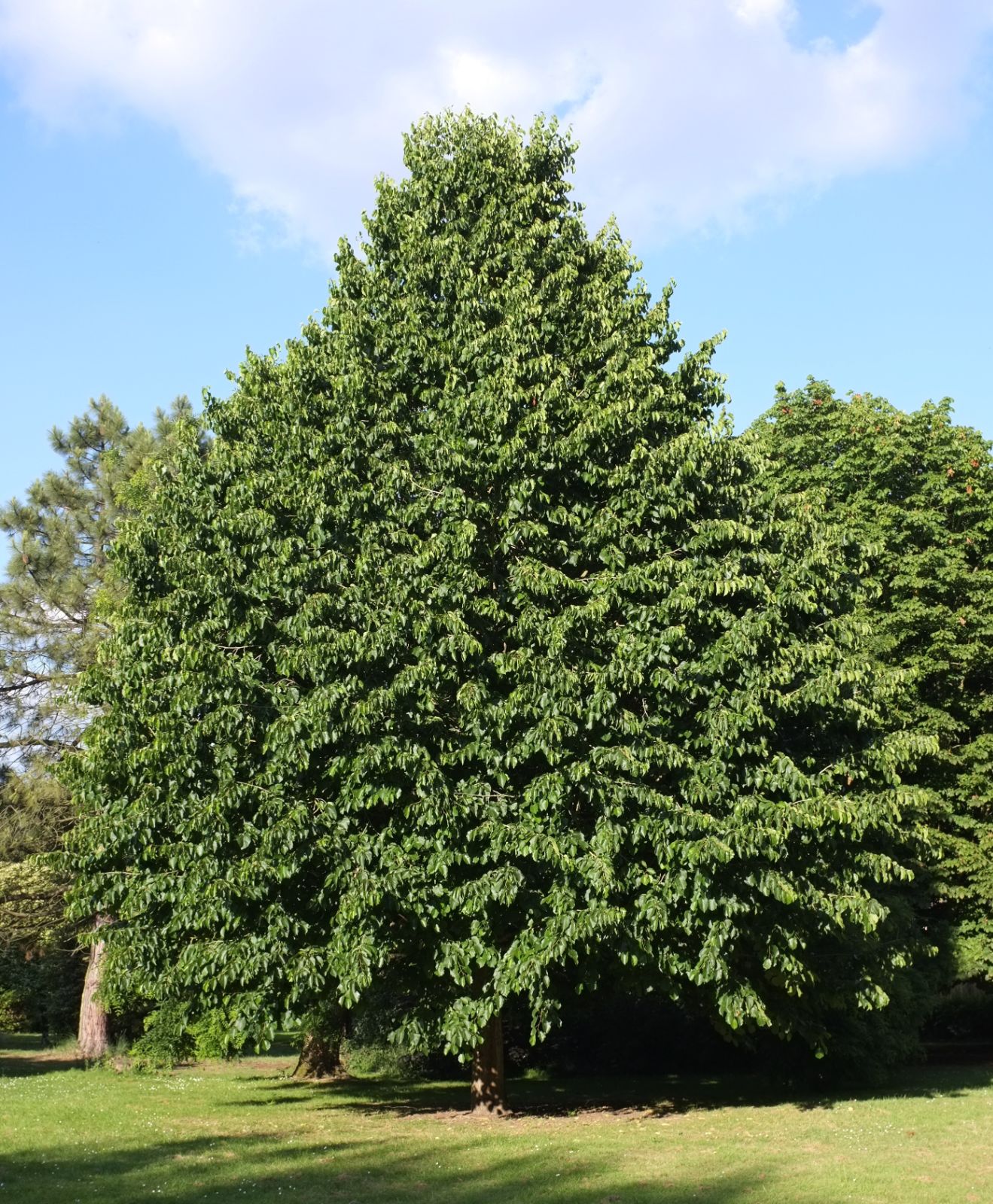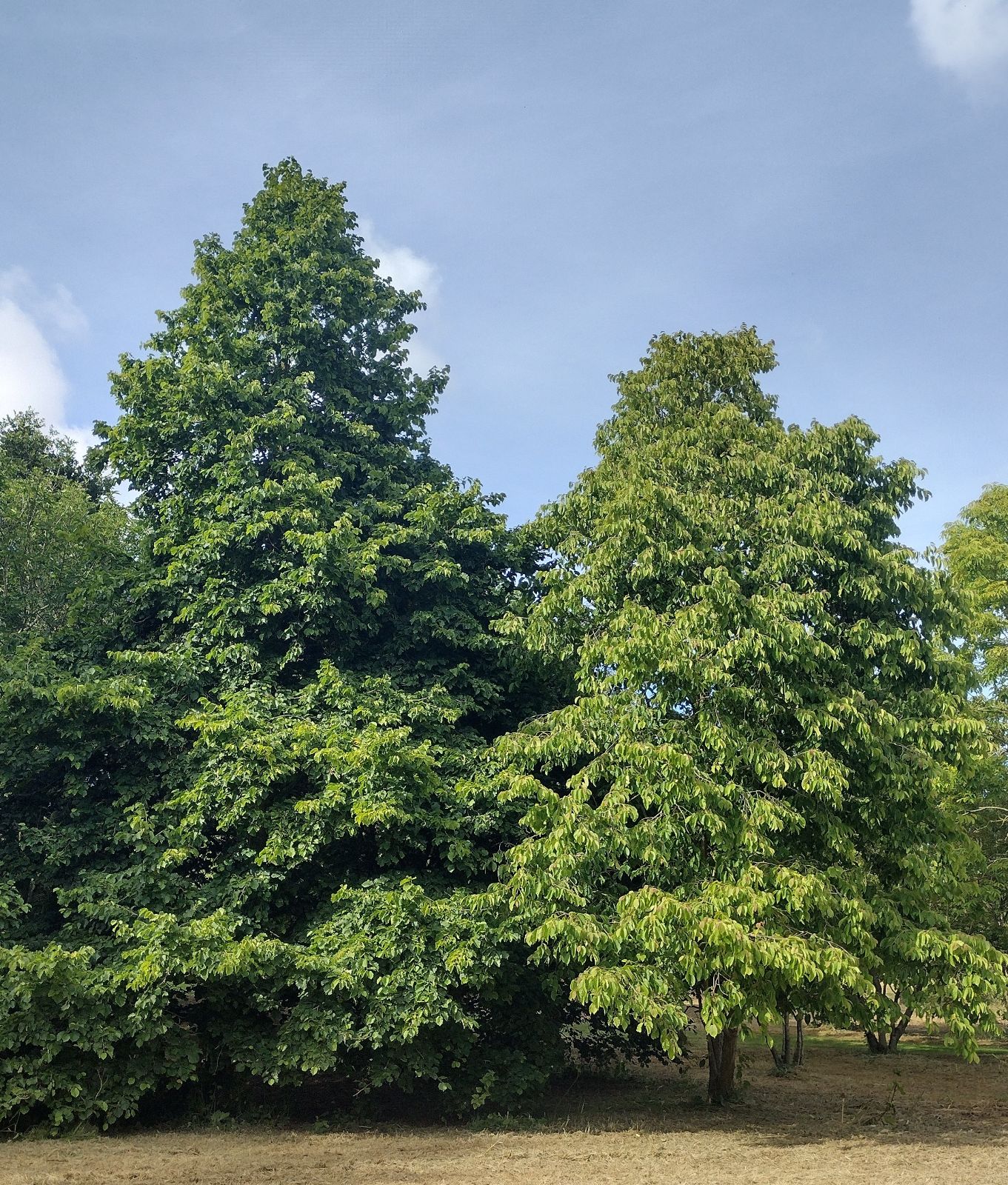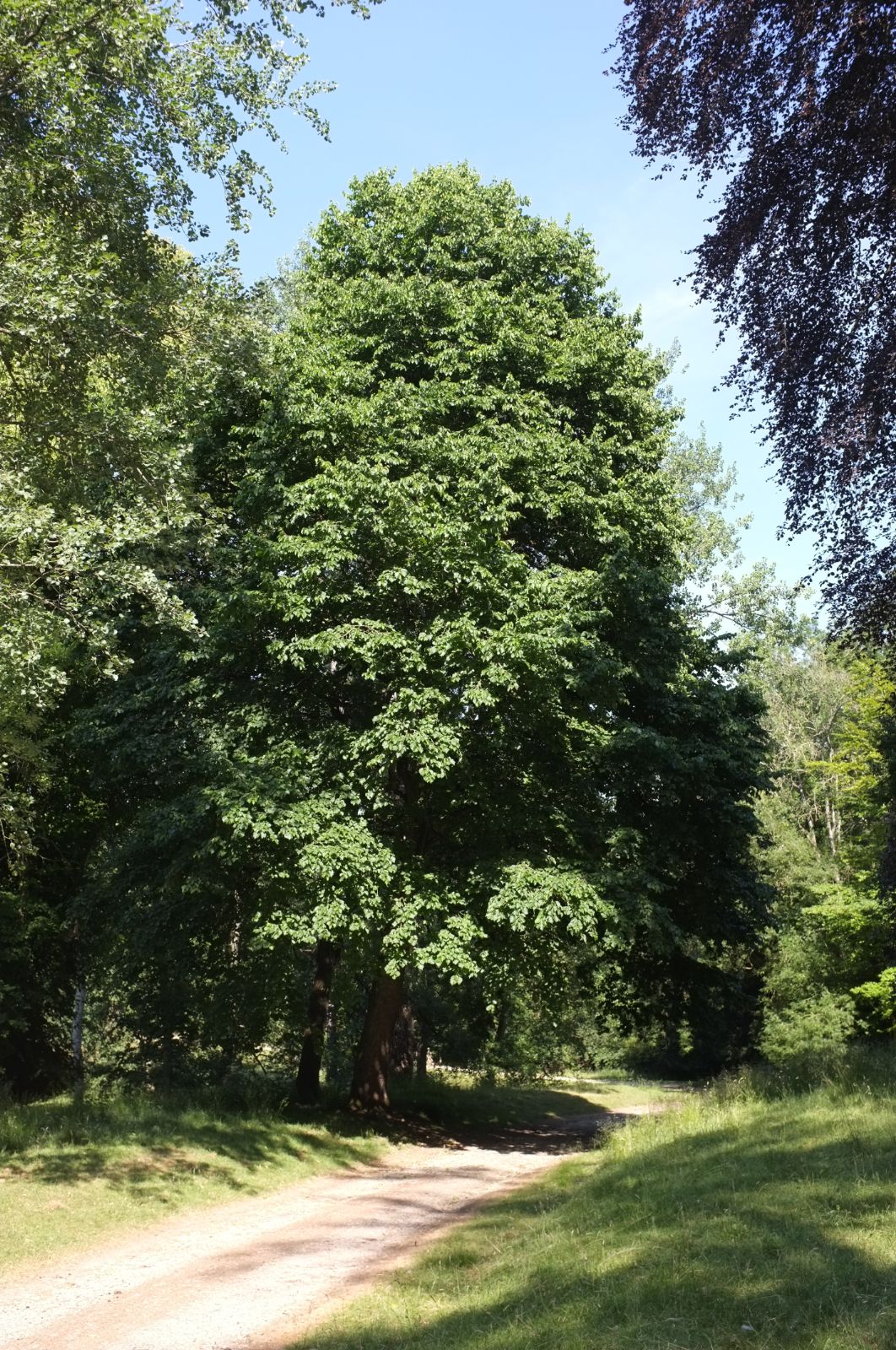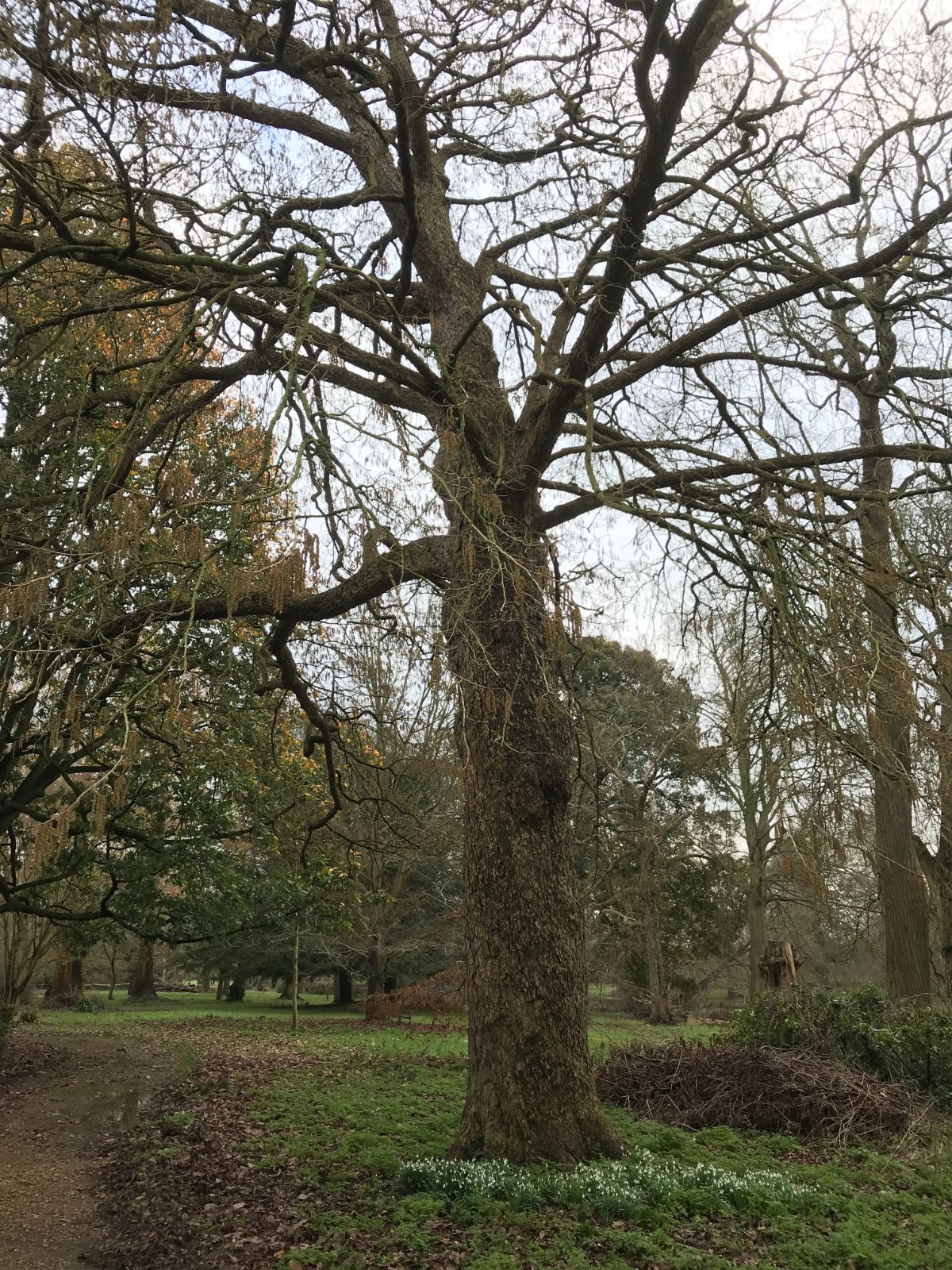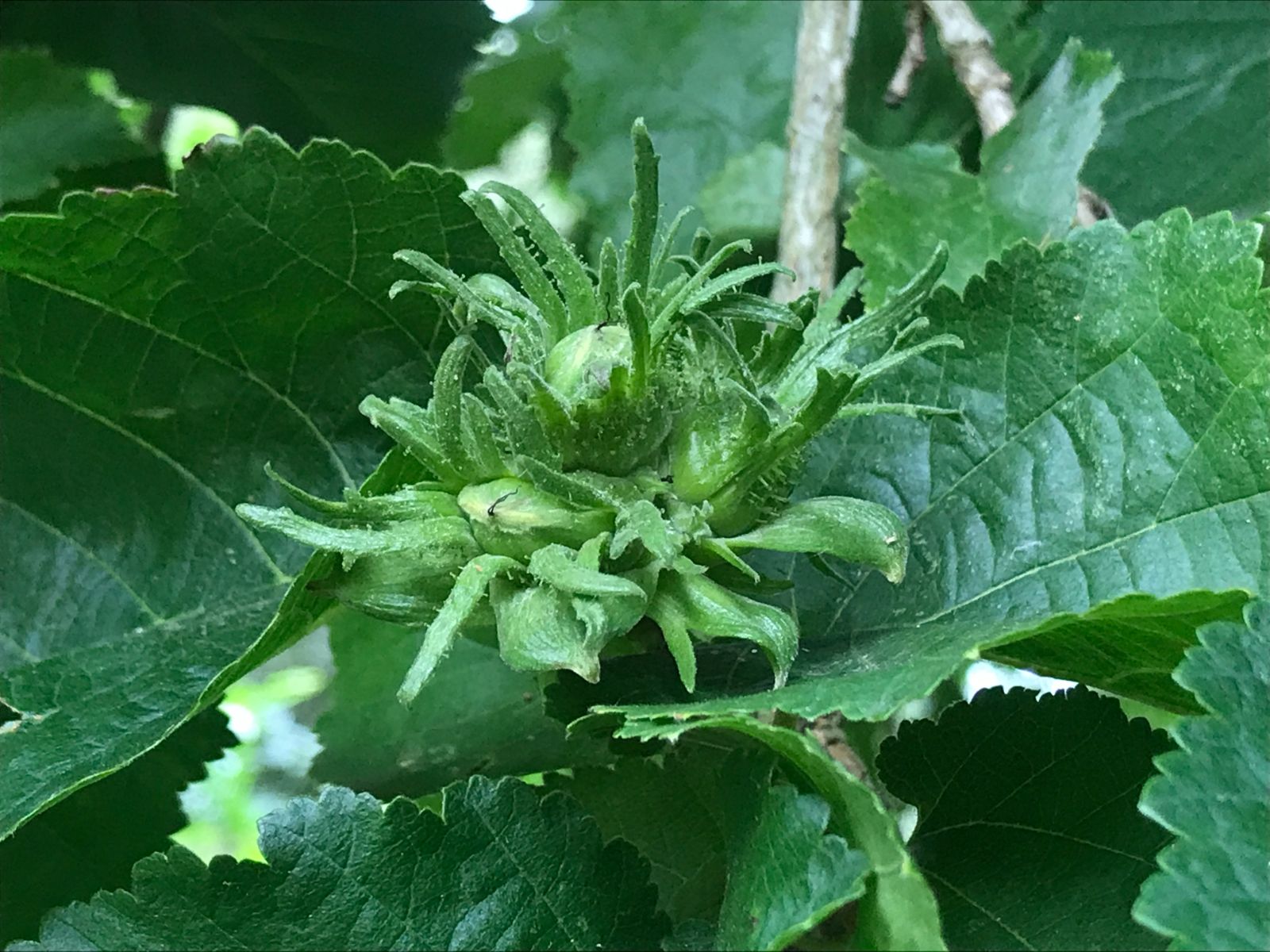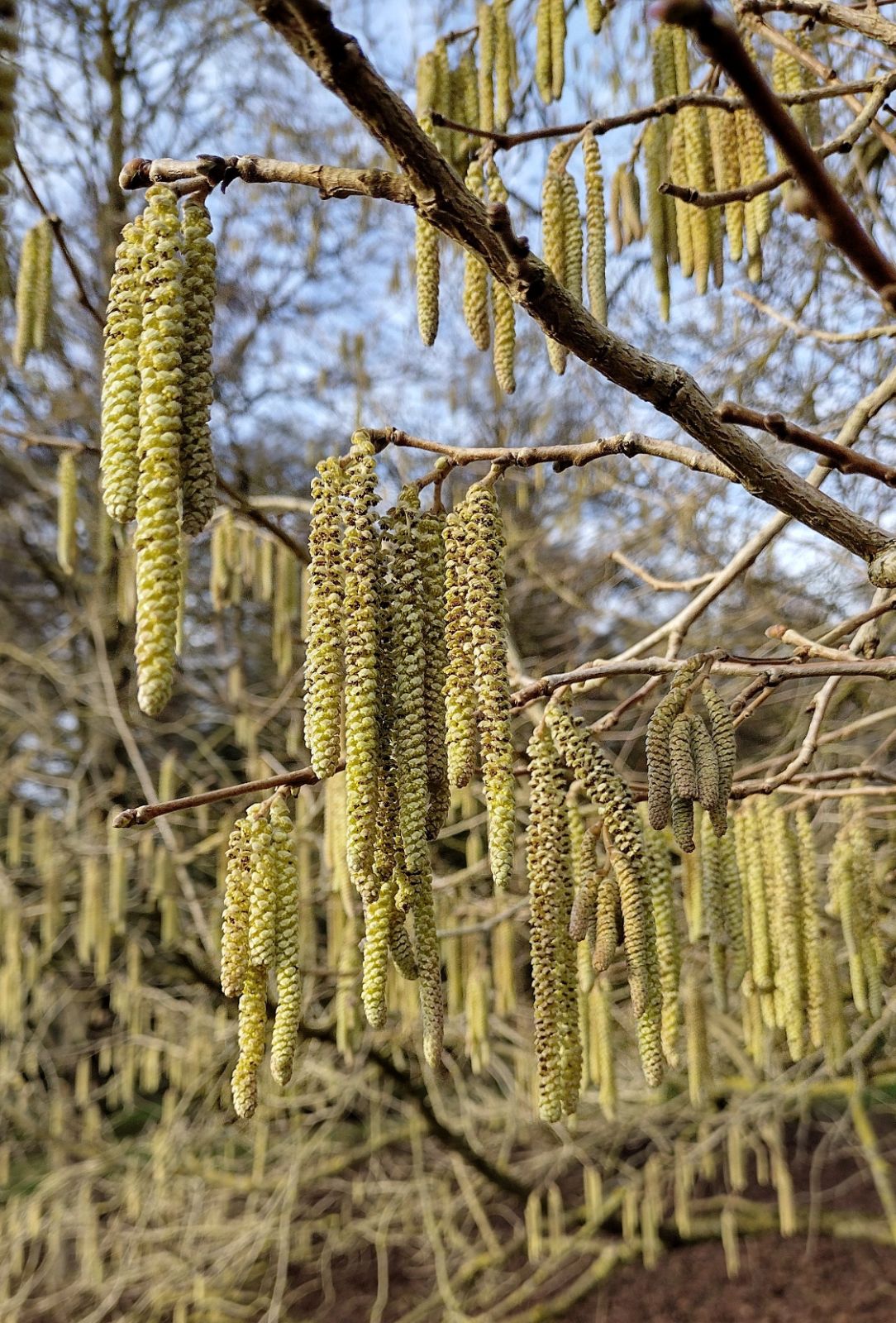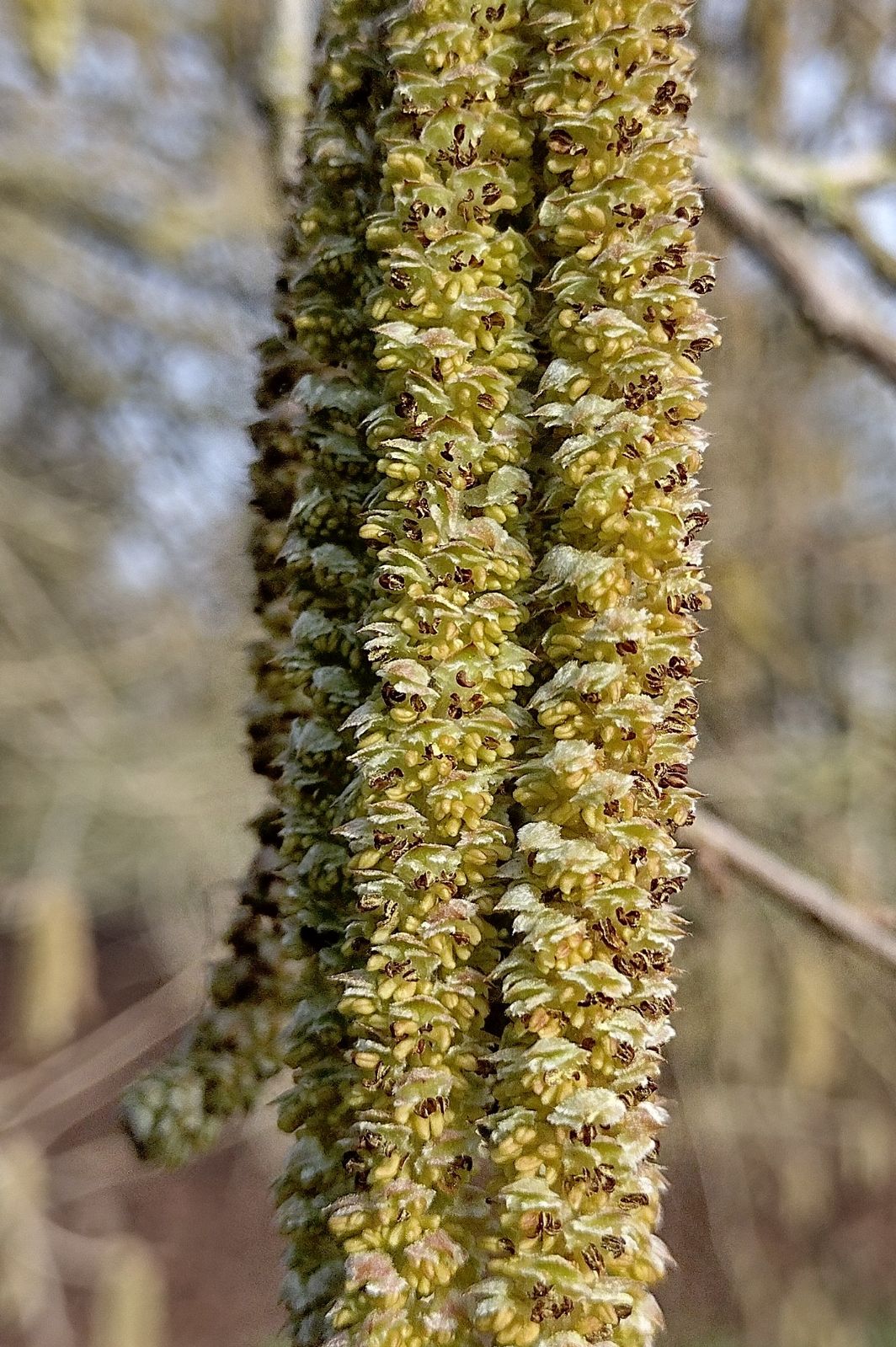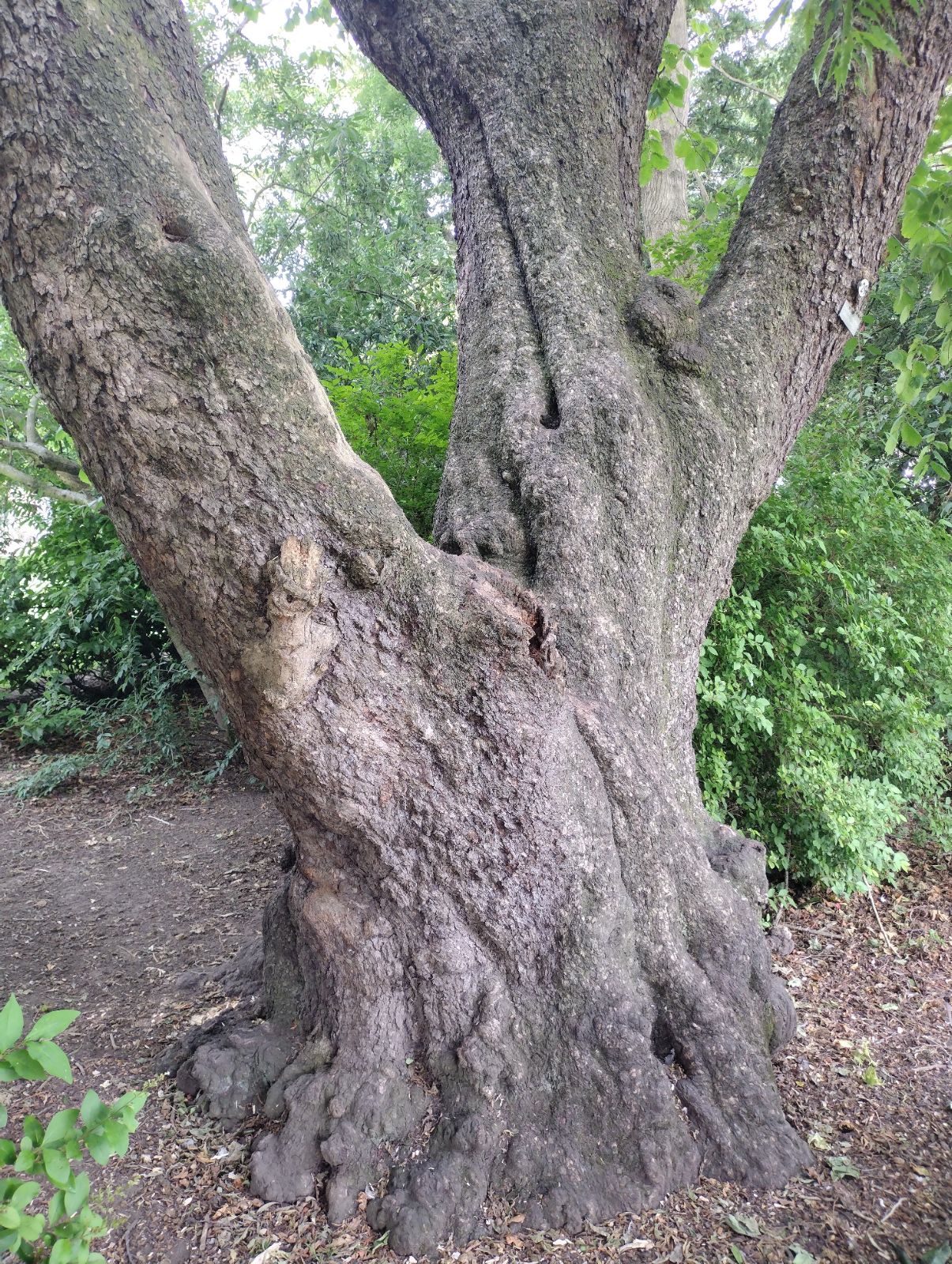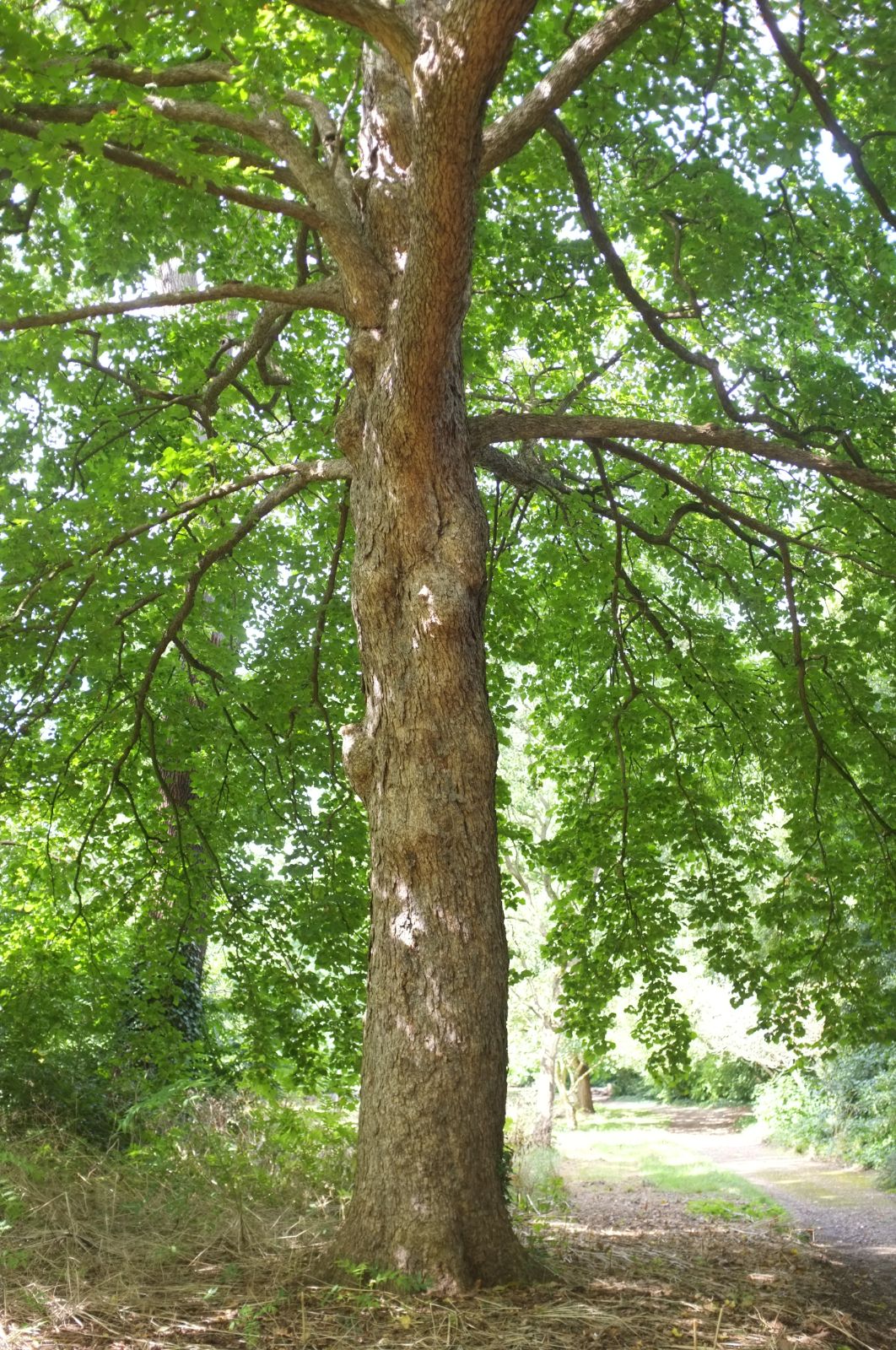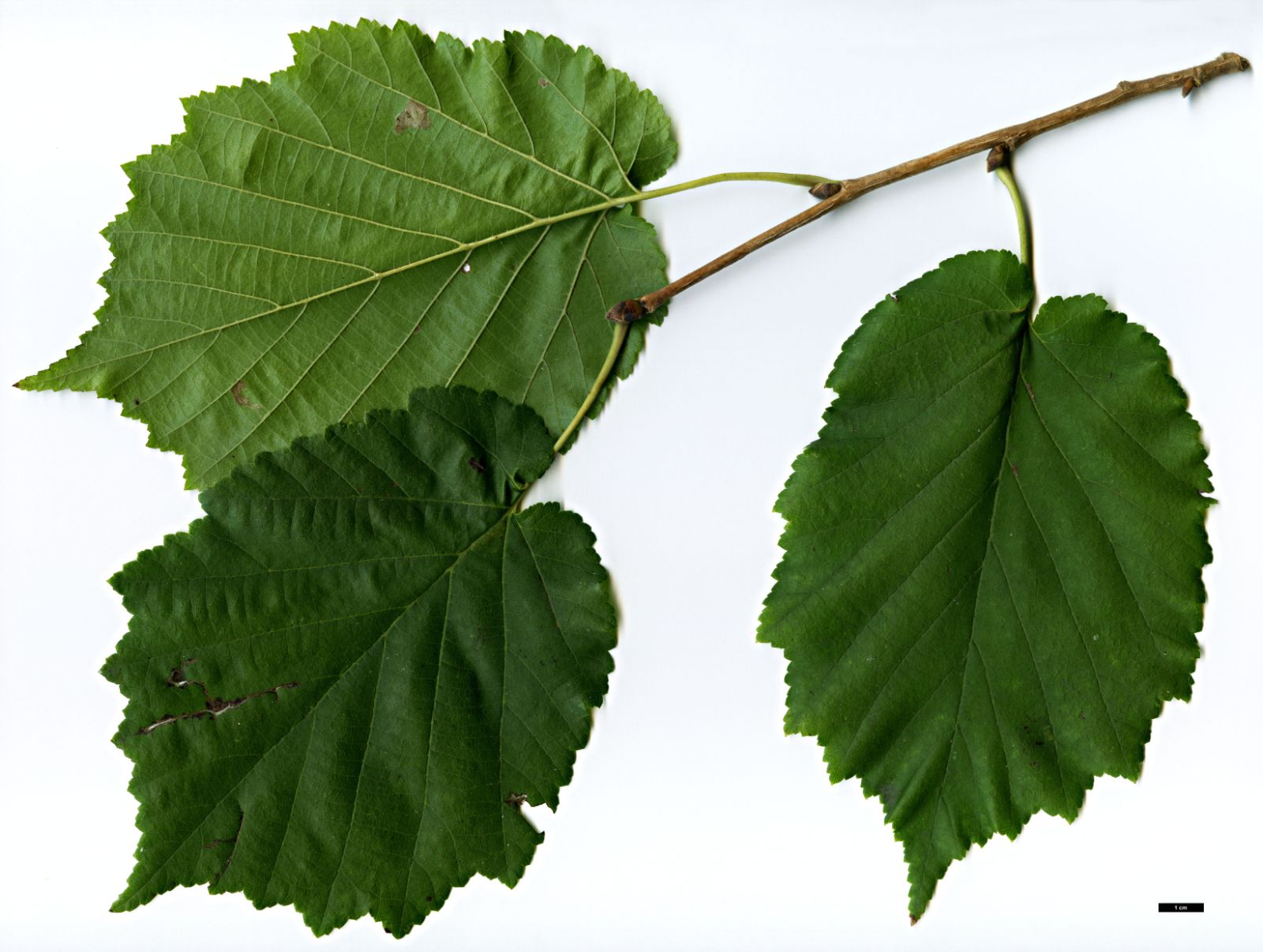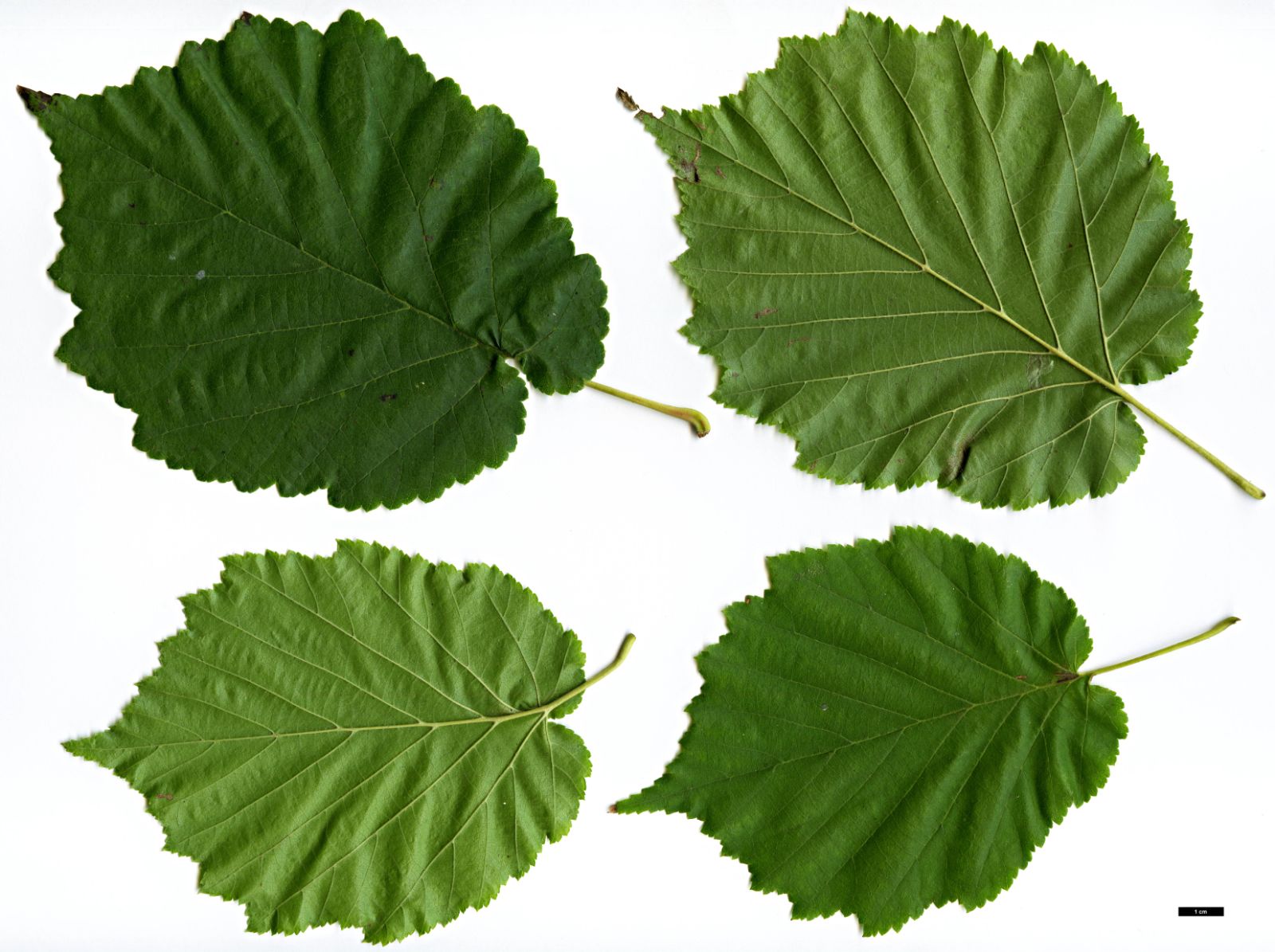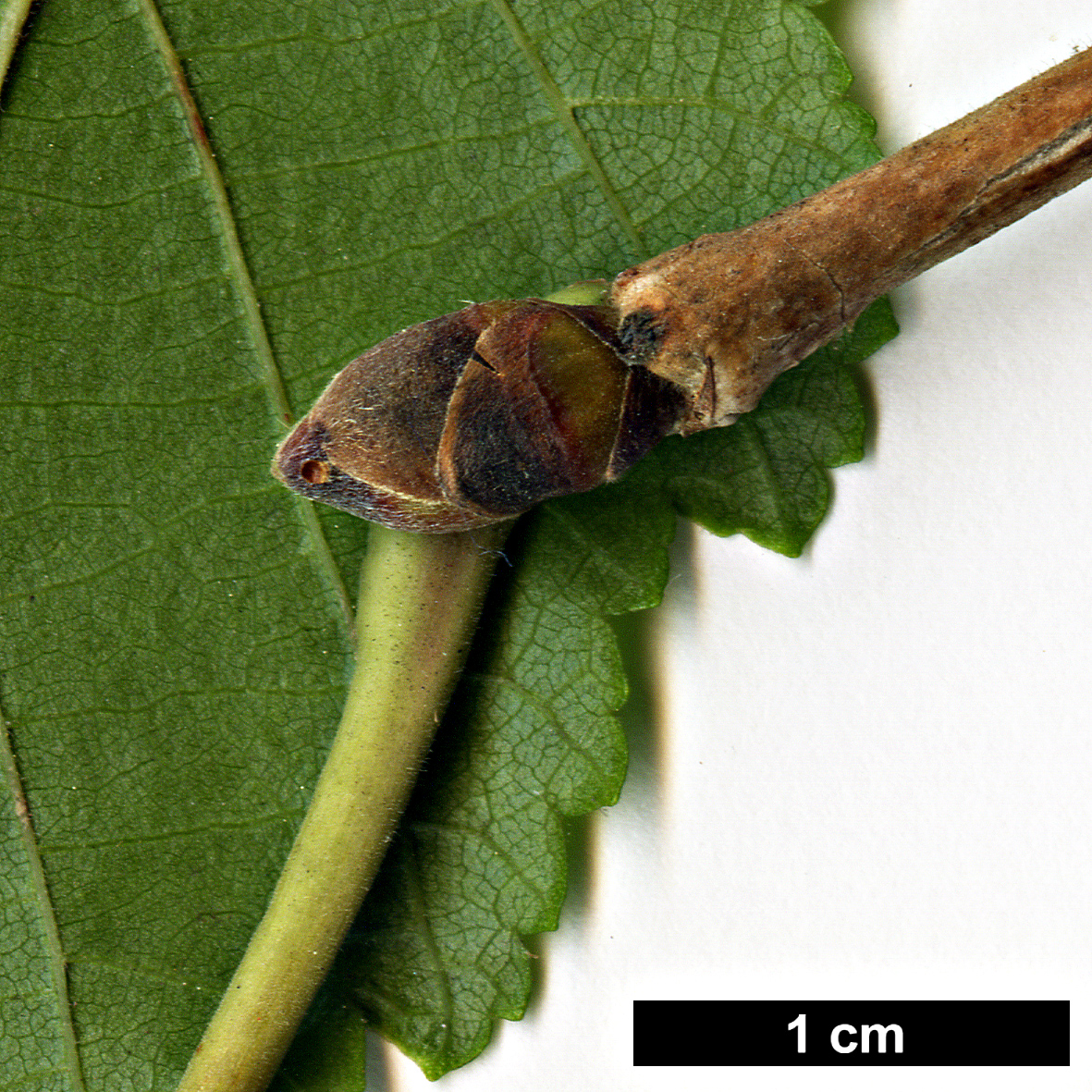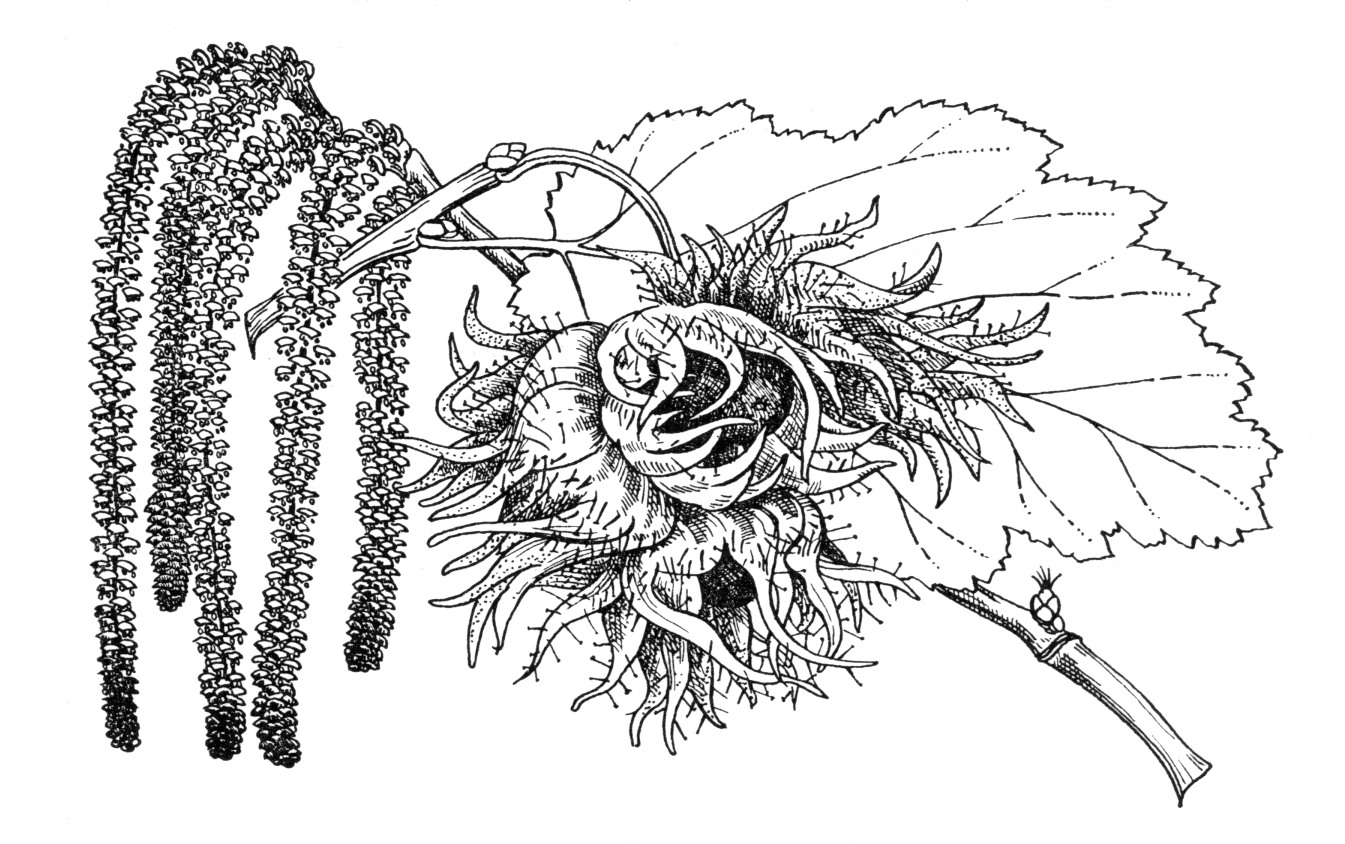Corylus colurna
Sponsor
Kindly sponsored by
Kent Men of The Trees
Credits
Owen Johnson & Richard Moore (2023)
Recommended citation
Johnson, O. & Moore, R. (2023), 'Corylus colurna' from the website Trees and Shrubs Online (treesandshrubsonline.
Genus
Common Names
- Turkish Hazel
- Constantinople Hazel
- Byzantine Hazel
Synonyms
- Corylus abchasica Kem.-Nath.
- Corylus arborescens Münchh.
- Corylus bizantina Desf.
- Corylus cervorum Petrov
- Corylus eggrissiensis Kem.-Nath.
- Corylus glomerata (Aiton) Nois.
- Corylus iberica Wittm. ex Kem.-Nath.
- Corylus kachetuca Kem.-Nath.
- Corylus macedonica V. Cordus & Gesner ex Strelin
- Corylus nana Tourette & Rozier
Infraspecifics
Other taxa in genus
- Corylus americana
- Corylus americana × avellana
- Corylus avellana
- Corylus avellana × cornuta
- Corylus avellana × heterophylla
- Corylus avellana × maxima
- Corylus avellana × sieboldiana
- Corylus avellana × sutchuenensis
- Corylus Badgersett Hybrids
- Corylus chinensis
- Corylus colchica
- Corylus × colurnoides
- Corylus cornuta
- Corylus fargesii
- Corylus ferox
- Corylus 'Grand Traverse'
- Corylus heterophylla
- Corylus jacquemontii
- Corylus maxima
- Corylus 'Purple Haze'
- Corylus 'Rosita'
- Corylus 'Ruby'
- Corylus sieboldiana
- Corylus × spinescens
- Corylus sutchuenensis
- Corylus 'Te Terra Red'
- Corylus × vilmorinii
- Corylus yunnanensis
A tree to 25 m, often with a straight trunk. Bark pale grey, quickly broken into small corky plates, ultimately with deep vertical fissures. Young twigs pale yellowish-grey, rather sparsely pubescent and with longer, glandular hairs. Leaves 6–15 × 5–12 cm, ovate to obovate, base deeply cordate, tip abruptly acuminate, coarsely but not sharply double-toothed to lobulate, soon glabrous above, pubescent under the veins below; petiole short (12–25 mm), with glandular hairs at first then glabrous. Nuts in close clusters of 2 or more, 12–16 mm wide, thick-shelled; husks finely pubescent and with stiff glandular hairs, spreading, to 40 mm wide, fringed with many jagged lobes. (Bean 1981).
Distribution Afghanistan In mountains in the west. Albania Armenia Azerbaijan Bosnia and Herzegovina Bulgaria Georgia Greece Epirus. Iran In mountains in the north. North Macedonia Montenegro Romania In the southern Carpathians. Russia In the Caucasus. Serbia Turkey
Habitat Mountain forests, usually on limestone; canyons and plateaux, to 1500 m.
USDA Hardiness Zone 5
RHS Hardiness Rating H6
Awards AGM
Conservation status Least concern (LC)
Corylus colurna is the only tree-sized hazel whose natural distribution extends west into Europe. Its nuts taste similar to those of the common European Hazel C. avellana, but are slightly smaller and thicker-shelled and are protected until they drop within a much more elaborately lobed husk with a ruff of spreading, leathery points. In terms of habit it typically differs from C. avellana about as drastically as two trees can: young Turkish hazels can be almost [Larix]-like in winter, with a straight trunk carrying a spire-shaped crown on light, slender limbs – a habit highlighted by the remarkable natural pallor of the winter twigs, and complemented in February by the strict verticals of the long and generally abundant male catkins. Mature trees retain a few much bigger limbs which can carry a broadly domed crown, but still with a good straight bole. Just a few fork or branch heavily from the base.
This is an easy tree to grow, tolerating drought and cold and not bothered much by the soil so long as it is not waterlogged. As such it has long been cultivated outside its native heartlands in the Near East and the mountains of the Balkans; one at Alland in lower Austria is believed to have been planted around 1560 and in 2021 had a long trunk 102 cm broad (monumentaltrees.com 2023). The species reached England around this time, via the imperial medicinal garden in Vienna where it was grown by Charles L’Ecluse (Clusius), and by the 1660s John Ray was growing ‘many goodly trees’ grafted onto Corylus avellana (Johnson 2015). There are no surviving trees in the UK this old – this is a species less well adapted to the mild and moist conditions of the Atlantic fringe – but two which were already big when recorded by Henry Elwes and Augustine Henry more than a century earlier (Elwes & Henry 1906–1913) still survive as rugged, domed specimens at Syon in west London and in a private corner of Wollaton Park in Nottingham (Tree Register 2023). An old but rather dumpy tree grows as far north as Dundee’s Baxter Park, while the species’ hardiness is demonstrated by its cultivation since 1976 at the Linnaeus Garden at Uppsala in central Sweden (Royal Botanic Garden Edinburgh 2023). Another planted in the mid 1960s has thrived as well as any tree at the Stanmer Park Arboretum near Brighton, England, a collection planted to test the performance of hundreds of potential street trees in the most free-draining and reactive of chalky soils.
All these qualities have recommended C. colurna in recent decades as a near-perfect street tree. (The only perfect street tree, of course, is one that is different from any other tree in its street and can therefore be guaranteed to perform best when faced by at least one potential combination of novel pathogens and shifting weather-patterns.) The formal habit also suits this hazel for planting in large avenues, though there are not as yet many examples. Seed-raised examples can be so consistently cone-shaped – in youth – that few named selections have been made.
There do not seem to have been many recent re-introductions to the west of what is already a widely-grown plant. Hørsholm Arboretum in Denmark grows a good tree from seed collected in Macea, Romania, by the Botanical Garden of the University of Lasi (University of Copenhagen 2023).
In North America, the popularity of any hazel is likely to be compromised by the presence of Eastern Filbert Blight (EFB), to which only the two native bushes are reliably resistant. Corylus colurna remains much less well-known and widely available than it is across Europe, though it is more likely to resist EFB than C. avellana or than many of the nut-producing clones derived from this species (Capik & Molnar 2012).
The nuts’ small size and thick shells are factors which have discouraged the use of C. colurna in breeding nut trees. However, the roots can provide a non-suckering stock onto which scions of all fruiting hazels can easily be grafted, and are often used for this purpose. The rather slow establishment from seed of C. colurna may lead to its replacement as a commercial rootstock by the related Corylus chinensis (Cerović et al. 2009; Rovira 2021; Bijelić et al. 2021). Turkish Hazel also produces a good timber, which is dense and beautifully tinged pink and is used in joinery (Čokeša et al. 2020); Linnaeus’ species name derives from the classical Latin for a kind of hazel with useful wood, rather than nuts.
'Granat'
Synonyms / alternative names
Corylus 'Granat'
A form with purplish young leaves maturing green, and reddish-brown catkins and red husks (van den Berk Nurseries 2023). ‘Granat’ is probably of German origin, since a specimen in the Forestry Botanical Garden and Arboretum in Göttingen dates from 1995 or earlier (de Jong 2011); the name means ‘garnet’ in German and Turkish.
As of 2023, the Royal Horticultural Society treats the name as ‘unresolved’ (Royal Horticultural Society 2023), presumably because of the similarities between ‘Granat’ and Corylus ‘Te Terra Red’ (a suspected hybrid seedling of C. colurna) and the possibility that ‘Granat’ could also be a hybrid with some other purple-leaved hazel. Some images are indeed shared by online suppliers as illustrations of both ‘Granat’ and ‘Te Terra Red’, but others show spire-shaped young trees with spreading, starry fruit-husks, which could very reasonably be pure Turkish Hazel. The same questions hang over the comparable clone ‘Silvanus Purple’ (q.v.).
'Lloyd Kenyon'
From seed collected in Turkey by the late Lord Kenyon; selected and named by John Ravenscroft for its particularly good form, but not yet in commerce (C. Saunders pers. comm.). The original plant in the Cherry Tree Arboretum, Shropshire, was 6.4 m tall in 2020 (Tree Register 2023).
'Silvanus Purple'
Synonyms / alternative names
Corylus corluna 'Silvanus'
Corylus 'Silvanus'
A sport with purple young leaves; the colour can persist into summer (Hatch 2021–2022), or all season (de Jong 2011). The clone was distributed by the Silvanus Nurseries in Hungary in 2007 but, as is the case with the similar ‘Granat’, doubts remain about whether this is a sport of true Corylus colurna, or (like C. ‘Te Terra Red’) a probable hybrid with a purple hazel such as C. maxima ‘Purpurea’ (Hatch 2021–2022; de Jong 2011).
'VDB Obelisk'
Synonyms / alternative names
Corylus corluna 'Scholten's Obelisk'
An unusually narrow-crowned and spire-shaped tree, found within a group of Corylus colurna planted at Schijndel in the Netherlands and distributed by the Van den Berk Nurseries in 1991 (de Jong 2011).

